
Longread
Running for climate: ‘Marathon is a metaphor for the climate crisis’
Climate expert Tim ran the Jungfrau marathon in Switzerland with a team of ten other climate scientists on Saturday, 9 September, as a positive way to raise awareness for the urgent need to address the climate crisis. Their message was clear: It’s not too late to run for climate.
If you follow the Rhine from the glacier all the way to the North Sea in the Netherlands, what effects of climate change can you see in and around the river? And what possible solutions are there? Nine questions for climate expert Tim van Hattum.
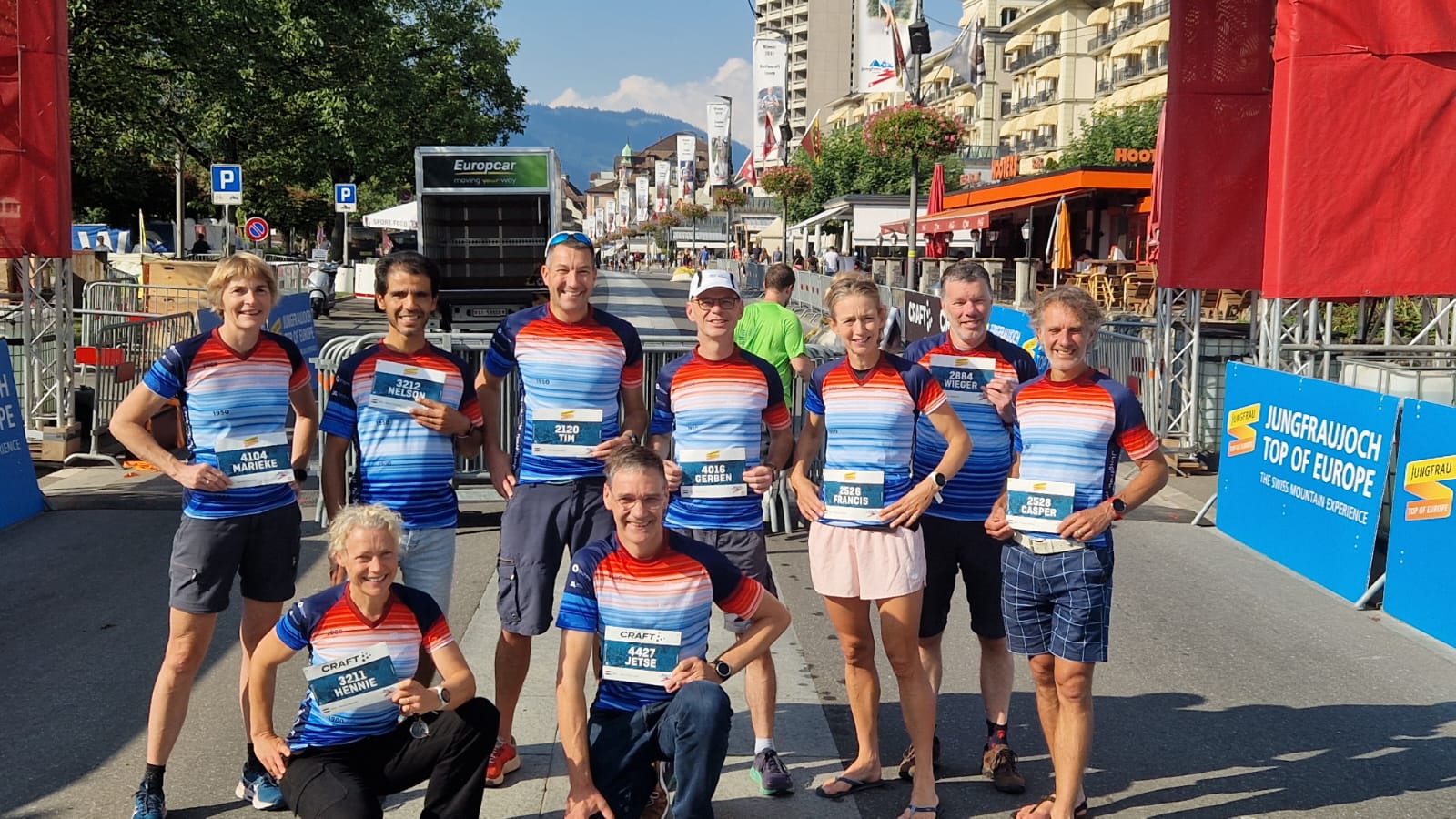
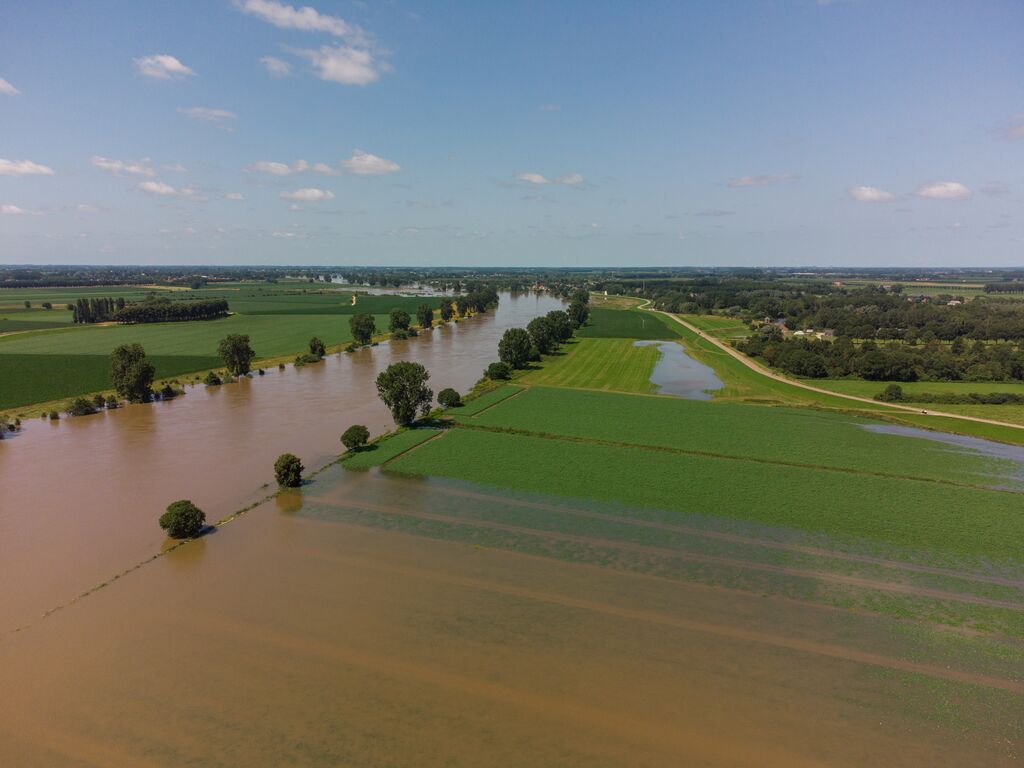
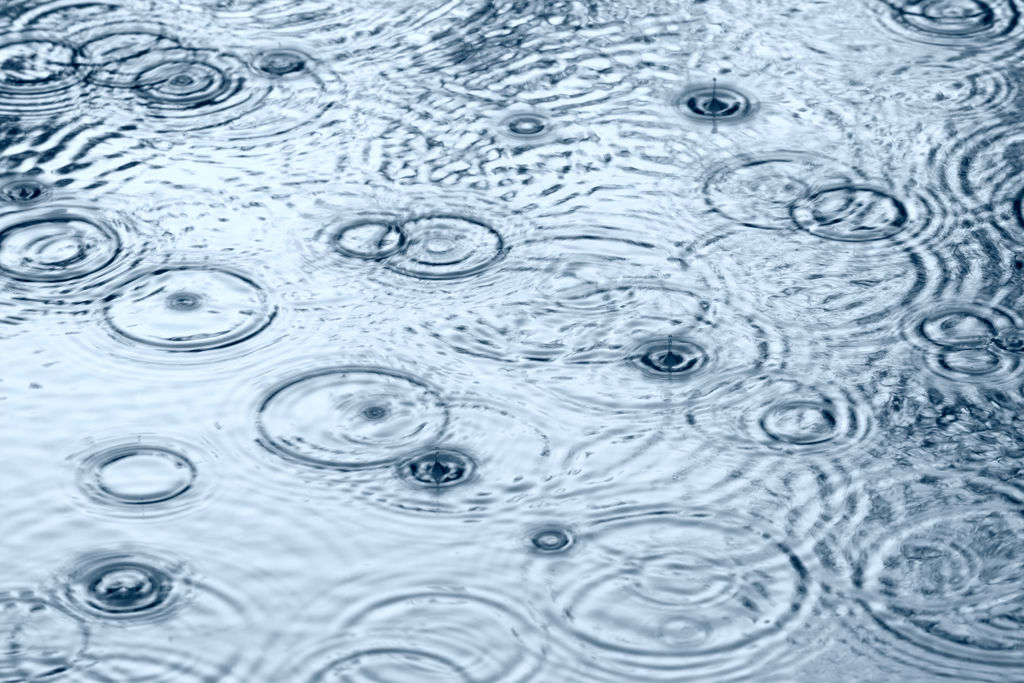
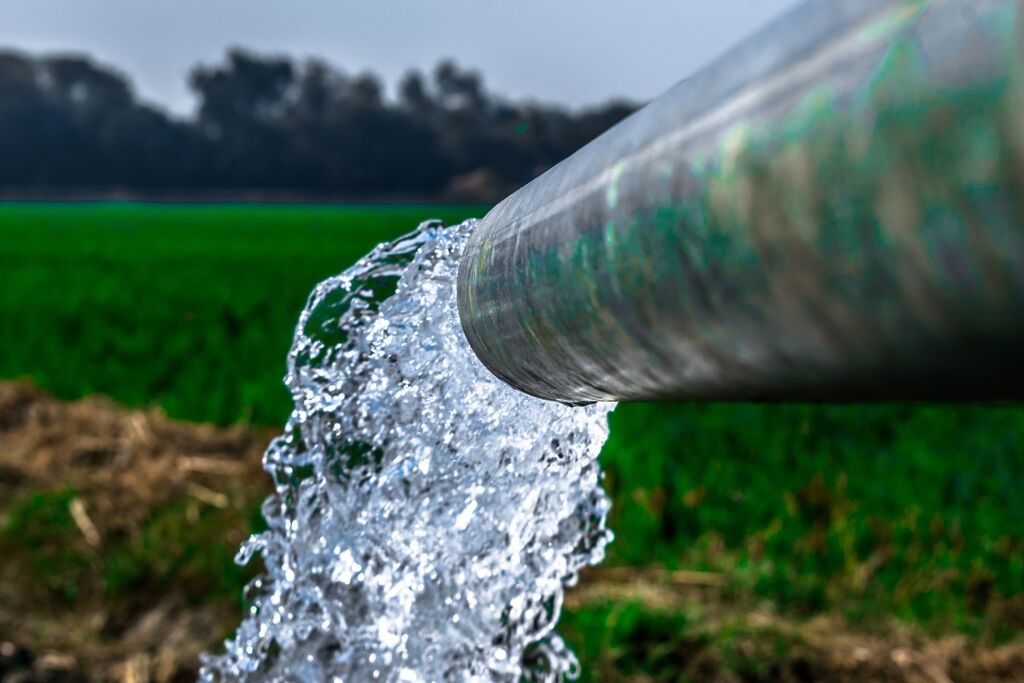
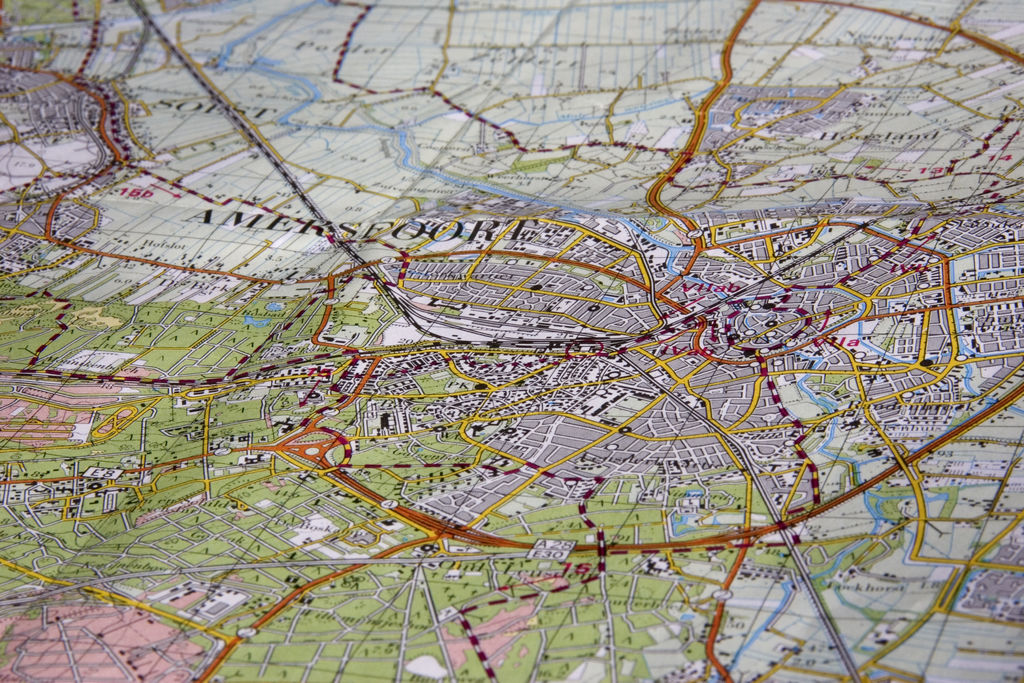
Unfortunately, your cookie settings do not allow the social media element to be displayed. check your settings.